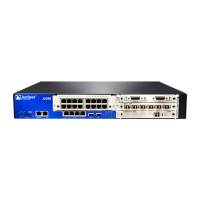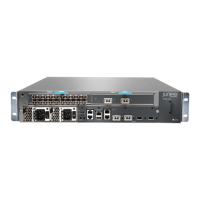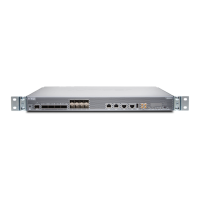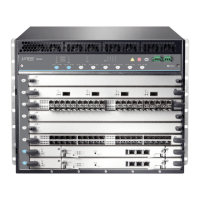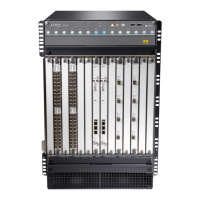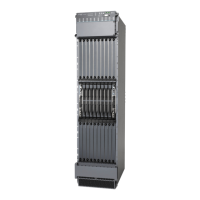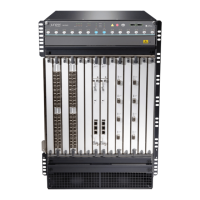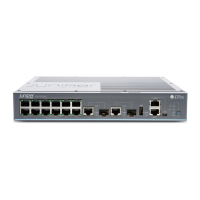Table 40: Autoinstallation Terms (continued)
DefinitionTerm
Configuration that takes place on a Services Router for which you have created a
host-specific configuration file for autoinstallation called hostname.conf. The
hostname.conf file contains all the information necessary to configure the router. For
the router to use hostname.conf, it must be able to determine its own hostname from
the network.
host-specific configuration
Default configuration file for autoinstallation, in which you specify IP addresses and
associated hostnames for Services Routers on the network.
network.conf
Default configuration file for autoinstallation with a minimum configuration sufficient
for you to telnet to the Services Router and configure it manually.
router.conf
Autoinstallation Overview
Autoinstallation provides automatic configuration for a new Services Router that you
connect to the network and turn on, or for a Services Router configured for
autoinstallation. The autoinstallation process begins anytime a Services Router is
powered on and cannot locate a valid configuration file in the compact flash. Typically,
a configuration file is unavailable when a Services Router is powered on for the first
time, or if the configuration file is deleted from the compact flash. The autoinstallation
feature enables you to deploy multiple Services Routers from a central location in
the network.
For the autoinstallation process to work, you must store one or more host-specific
or default configuration files on a configuration server in the network and have a
service available—typically Dynamic Host Configuration Protocol (DHCP)—to assign
an IP address to the Services Router.
Autoinstallation takes place automatically when you connect an Ethernet or serial
port on a new router to the network and power on the router. To simplify the process,
you can explicitly enable autoinstallation on a router and specify a configuration
server, an autoinstallation interface, and a protocol for IP address acquisition.
This overview contains the following topics:
■ Supported Autoinstallation Interfaces and Protocols on page 82
■ Typical Autoinstallation Process on a New Services Router on page 83
Supported Autoinstallation Interfaces and Protocols
Before autoinstallation on a Services Router can take place, the router must acquire
an IP address. The protocol or protocols you choose for IP address acquisition
determine the router interface to connect to the network for autoinstallation. The
router detects the connected interface and requests an IP address with a protocol
appropriate for the interface. Autoinstallation is supported over an Ethernet LAN
interface or a serial LAN or WAN interface. Table 41 on page 83 lists the protocols
that the router can use on these interfaces for IP address acquisition.
82 ■ Autoinstallation Overview
J-series™ Services Router Administration Guide
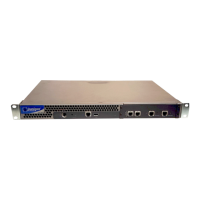
